How a common childhood illness became a death sentence
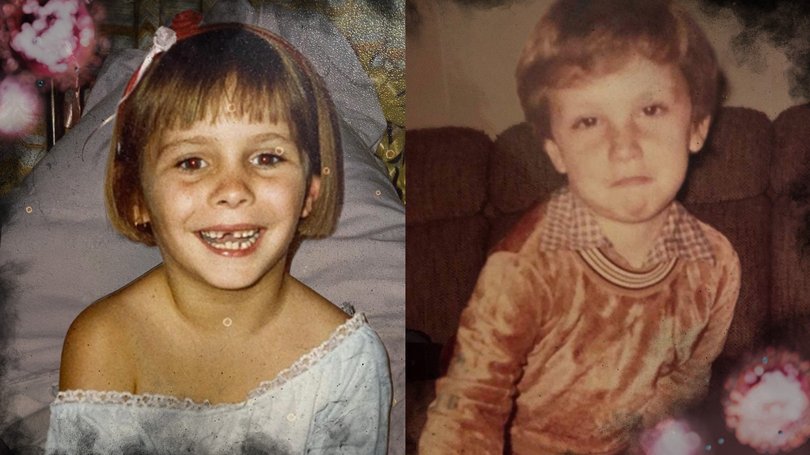
When Cecily Johnson took her then seven-and-a-half-year-old daughter Laine to hospital with symptoms of confusion and forgetfulness, she didn’t expect to be told a common childhood illness had now become a death sentence.
Laine had caught — and recovered from — measles as a baby, when she was too young to be vaccinated amid an outbreak of the disease in the 1980s.
Seven years later, Laine was diagnosed with subacute sclerosing panencephalitis — a rare, progressive brain disorder that would rob her of her ability to walk, talk and even to see.
Sign up to The Nightly's newsletters.
Get the first look at the digital newspaper, curated daily stories and breaking headlines delivered to your inbox.
By continuing you agree to our Terms and Privacy Policy.Despite doctors saying she had just weeks to live, Laine survived — and was cared for by her mother — for another five years.
Cecily is one of two mothers who spoke to 7NEWS.com.au about the devastating aftermath of their children catching a simple dose of measles.
Laine’s story
In 1982, Geraldton-based nurse and mother Cecily Johnson was temporarily living in Sydney with her 10-month-old daughter, Laine — her second child, after earlier losing another daughter during birth.
“She was beautiful and, of course, people at the hospital were really excited because they knew what I’d gone through, losing my other daughter,” Cecily tells 7NEWS.com.au of Laine’s birth.
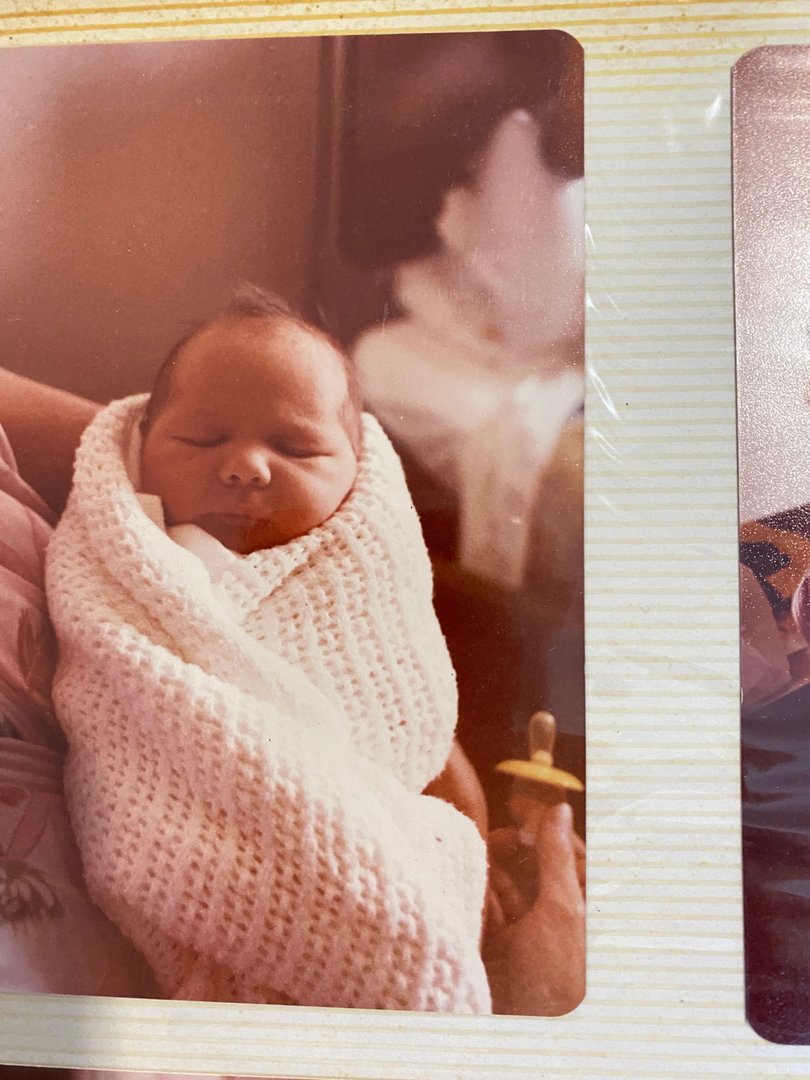
When they needed to temporarily relocate to Sydney, Cecily was not aware there was a measles outbreak sweeping NSW.
Measles is one of the world’s most contagious diseases. It is airborne and can spread by simply breathing the same air in which an infected person has sneezed or coughed — even up to two hours later.
By 1982, the single-dose measles vaccine had been around for little more than a decade and the vaccination rate was still low, only about 70 per cent. Outbreaks — such as the one in NSW at the time which was reported to have hospitalised more than 2000 people — were still common.
Measles is so contagious it has one of the highest herd immunity thresholds, National Centre for Immunisation Research and Surveillance (NCIRS) associate director Frank Beard says.
“A herd immunity threshold is the proportion of the population that needs to be immune to a particular disease to reduce the chance of ongoing spread,” Beard explains.
“In Australia we have a target for childhood immunisation coverage of 95 per cent. Assuming that if we get to that level or above that level, then there’ll be very little chance of bad outbreaks.”
Beard says measles can lead to serious complications including pneumonia and, more rarely, encephalitis — which is “inflammation of the lining of the brain and can be quite serious and cause death”.
“If you’re not immune, then there’s definitely a very high risk,” he says.
The vaccine is given to babies at 12 months of age and, since 1992, a second dose at 18 months. In high-risk cases it can be given as early as six months old.
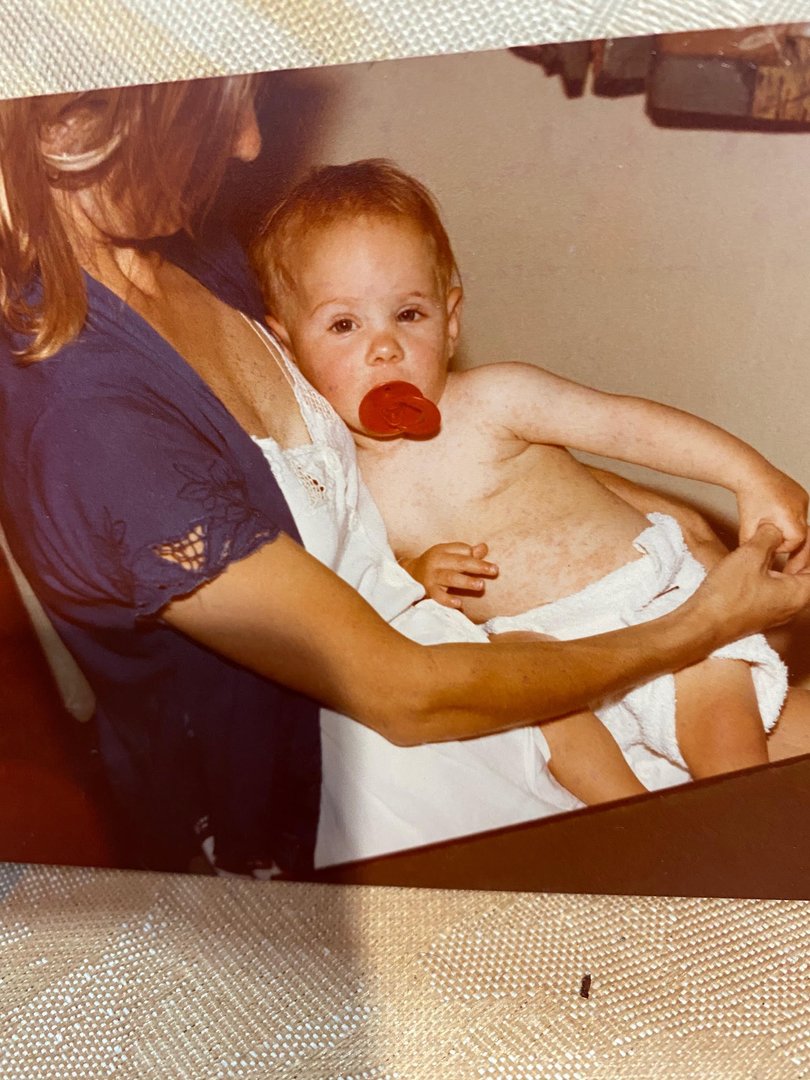
Laine, who was only 10 months old, contracted the virus while staying in Sydney.
“I was a nurse so I would have had her immunised early but I was not aware of an outbreak,” Cecily says.
“And it wasn’t till we got back to Perth that she came out in the rash and straight away I knew it was measles.”
But even without being vaccinated, Laine recovered without any problems, Cecily says.
“She wasn’t overly sick. She was just a bit miserable, wanting more fluids, wanting to be with mum all the time,” she says.
A deadly diagnosis
By 1990 Laine’s measles infection was long behind her, or so Cecily thought.
But at age seven-and-a-half, Laine suddenly forgot how to shower or get into a car.
“She just said, ‘I feel dumb. Send me back to preschool’,” Cecily said.
“And my friend and I were like, ‘Yeah, there’s something wrong’.”
That kicked off a long and frustrating search for answers during which doctors, who at the time could find nothing wrong with Laine, accused Cecily of lying about her daughter’s symptoms — and even of being on drugs.
Cecily thought her luck had changed when she ran into a senior specialist, whom she knew, who took her concerns seriously.
“He said, ‘One question. Did she have measles as a baby?’ And I said, ‘Oh yes’,” Cecily says.
“And straight away I knew what it was because I had nursed children with this. And I said, ‘SSPE?’ And he goes, ‘That’s what I’d be thinking’.”
And that is where Cecily’s luck ran out.
After some to-and-from, the specialist was able to see Laine and confirmed a diagnosis of SSPE, or subacute sclerosing panencephalitis — a rare disease that can develop years after someone has had a measles infection.
“He actually said to me, ‘She’s probably only got two weeks to live at this stage’,” Cecily says.
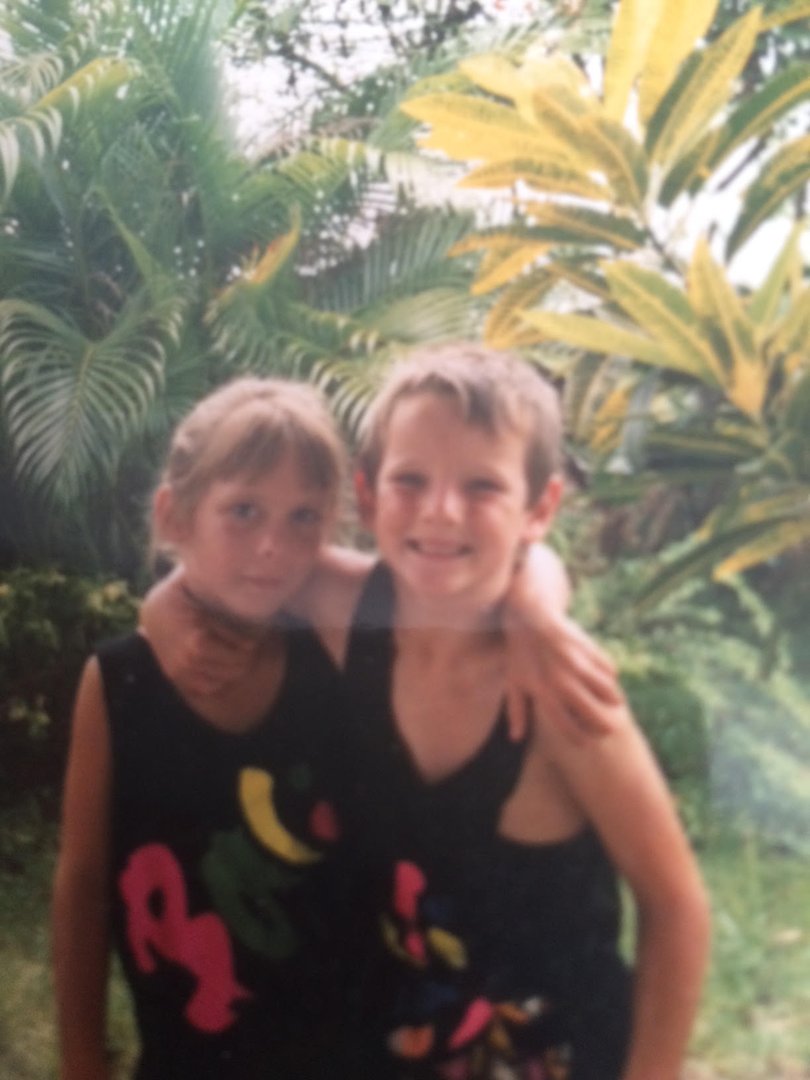
Beard says SSPE can be very hard to diagnose because of its general symptoms.
“The measles virus can lie dormant in the brain and then, several years after the infection, it can reactivate,” Beard explains.
“And then that steadily causes deterioration and mental function and physical function, and almost always results in death in due course.”
And while, in the very short timeframe in which the specialist had expected Laine to die, she had lost her ability to see, speak and walk, she lived with the condition for another five years.
“When she went blind, she said to me, ‘Mum, mum, just let me see your face one more time’. I think that was the hardest thing I’ve ever, ever heard in my life,” Cecily says, describing her daughter’s years battling SSPE as like watching her die a little more each day.
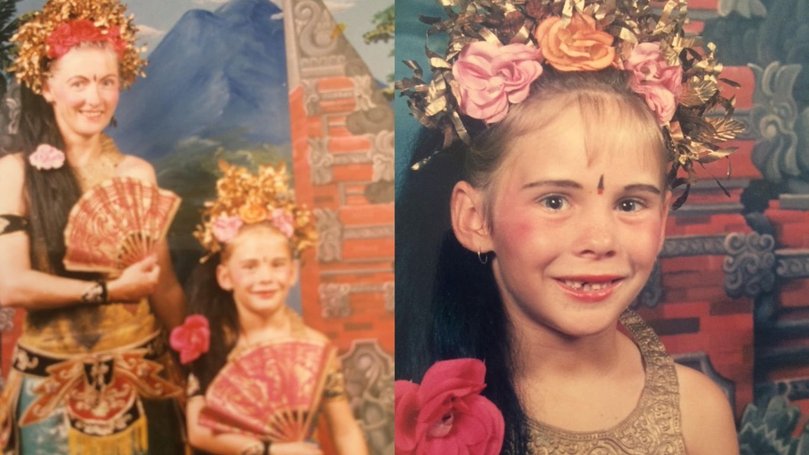
The Australian Government’s Department of Health, Disability and Ageing says there is no antiviral treatment — drugs which can ease symptoms and slow a disease but are not a cure — for SSPE.
But in 1990, Cecily was told about a possible antiviral which was only available in the US.
While Cecily tracked it down herself, Laine suffered severe side effects and the treatment had to stop.
Caring for Laine alone for five years, Cecily also struggled to get the equipment she needed. As a nurse, she managed to source some outdated hospital gear — but it wasn’t easy.
And as she cared for Laine, she spoke openly and publicly about SSPE and measles vaccination, which made her a target for anti-vaxxers — both before and after Laine’s death.
In 1995, Laine passed away, aged 12, in her mother’s arms.
At her memorial service in Western Australia, anti-vaccine protesters showed up after reading about her death in the local paper.
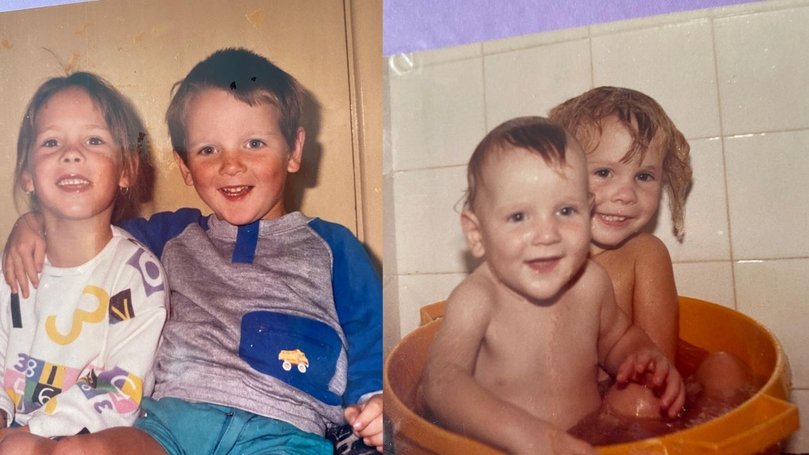
Matthew’s story
In 1981 — a year before Laine had measles — Diane Cowan’s baby son Matthew had also caught and recovered from the illness.
He was just six weeks old — like Laine, too young to have been vaccinated — when he contracted measles while in a NSW hospital.
And like Laine he had seemed to recover fully and was a happy, at times boisterous, little boy when, soon before his sixth birthday, he began to show symptoms that something else was wrong.
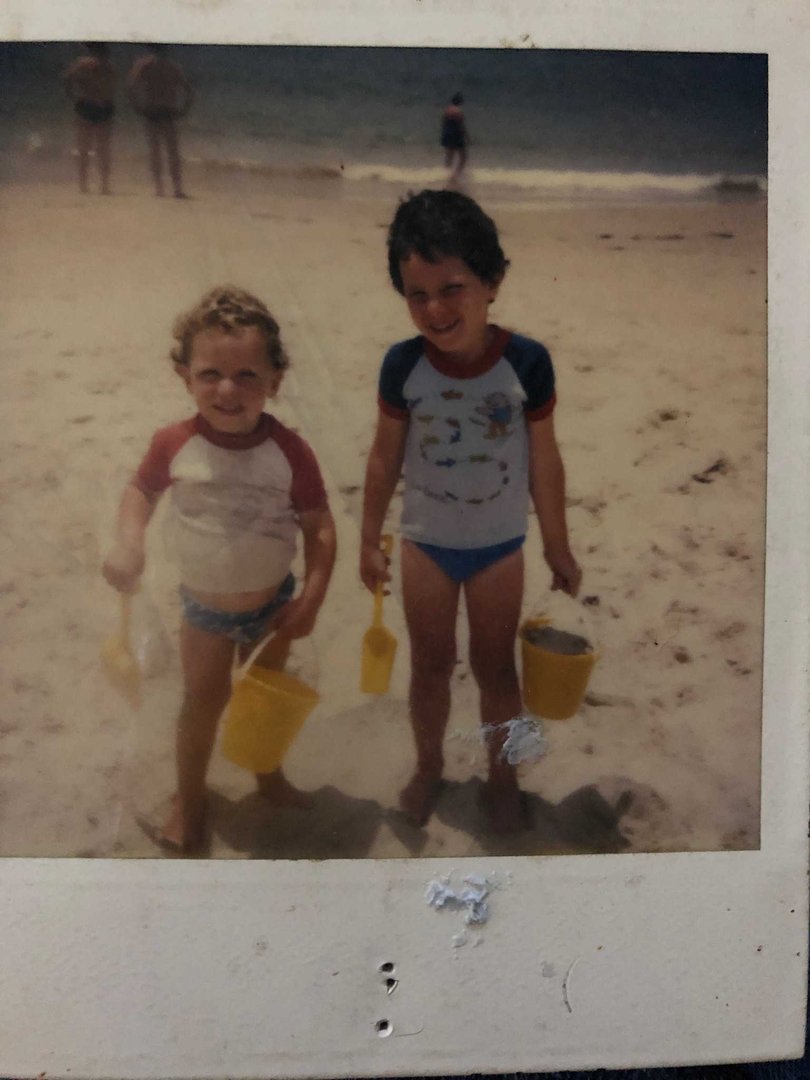
Diane says it seemed like any other day when she got a call from Matthew’s school saying he was being disruptive in class.
“I went to the school and what I saw was just out of the ordinary,” Diane recalls.
“I could tell that this just wasn’t normal.”
She rushed him to a doctor but was told she was just being paranoid — especially because her younger son had suffered a stroke.
“He said, ‘You can’t have two children with an affliction’,” Diane says, adding she refused to accept that response and took Matthew to a children’s hospital in Sydney.
“I thought it might be epilepsy,” she recalls. “Not the devastating diagnosis we received.”
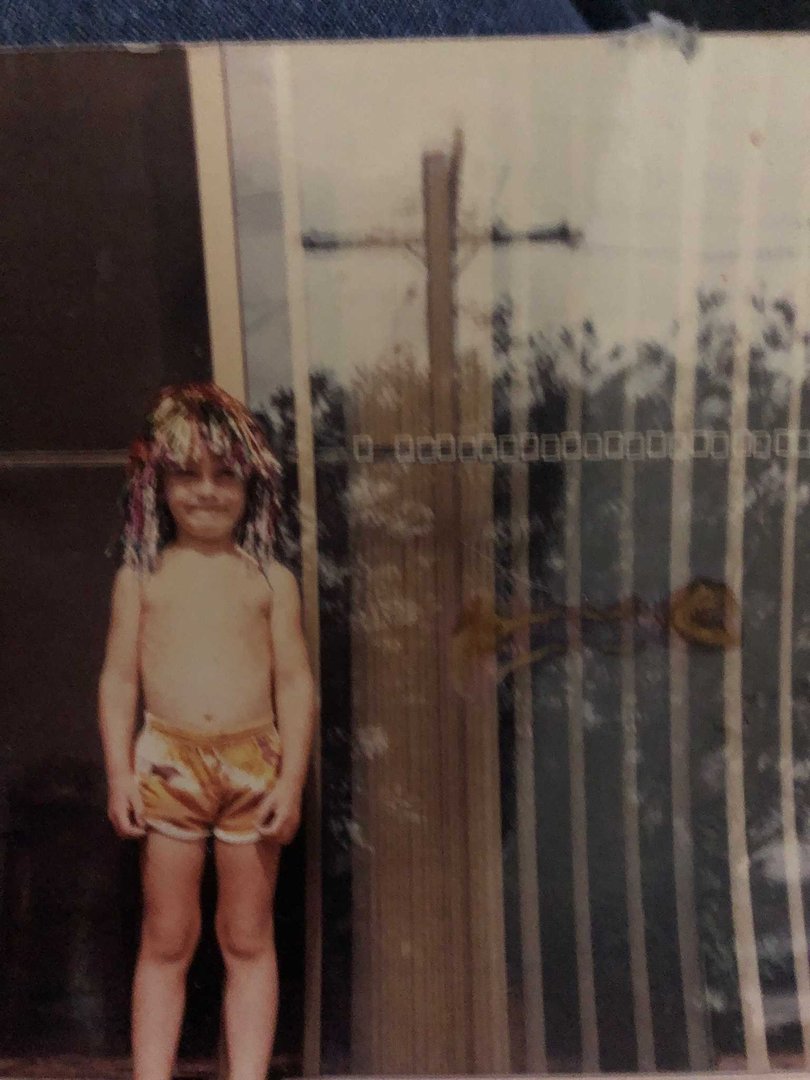
Tests were done and Matthew was diagnosed, on his sixth birthday — June 15, 1987 — with SSPE.
He was given just up to six weeks to live.
“I remember cuddling Matthew in the car all the way home,” Diane says. “It was pretty horrific.”
Just a week after celebrating his birthday, Diane asked her son what he wished for.
“He said, ‘All the kids at my school to come to my party’,” Diane recalls. “So all the kids in his school came to his party.”
By then the once boisterous little boy who would gleefully push his grandmother off his toy bike was struggling to walk, and soon after developed pneumonia and lost the ability to speak.
But, like Laine, Matthew would defy the doctors who said he was likely to be dead within six weeks — except in his case he would survive, unable to walk or talk, for more than three decades. He died in 2022.
Diane cared for Matthew mostly on her own, with nurses visiting the house a few times a week, and like Cecily she also struggled to access essential equipment.
However, a doctor helped her access an antiviral medication, called isoprinosine and which helped alleviate Matthew’s symptoms, until he turned 16.
“We used this medication and I saw a big improvement in Matthew, but it was really hard to convince other people,” Diane recalls.
“I had to run around with the video camera on my hip most of the time, trying to capture all these moments so that I could take it to the doctors and say, ‘Hey, this is what Matthew did’, because they didn’t believe me.”
Diane says the medication helped Matthew go from being stiff and expressionless to a little boy who could sit up and smile.
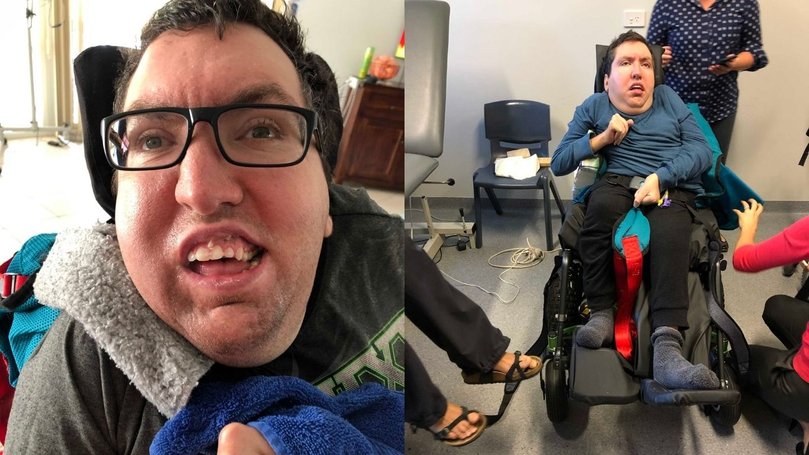
Eventually, his condition did deteriorate and “he ended up with a feeding tube and then he slowly lost control of his bladder”.
“And then he just maintained that. He didn’t get any worse. He didn’t get any better. He just was Matthew right to the end.”
Matthew passed away three years ago, but Diane prefers to remember him as a cheeky little boy.
“Probably three weeks before he passed away, he used to look at me, and I couldn’t work out what it was but I think he was telling me it was time. It was time to go,” Diane says.
“I went out for dinner the night before and came home. I kissed him goodnight and everything. And he just went to sleep and didn’t wake up.”
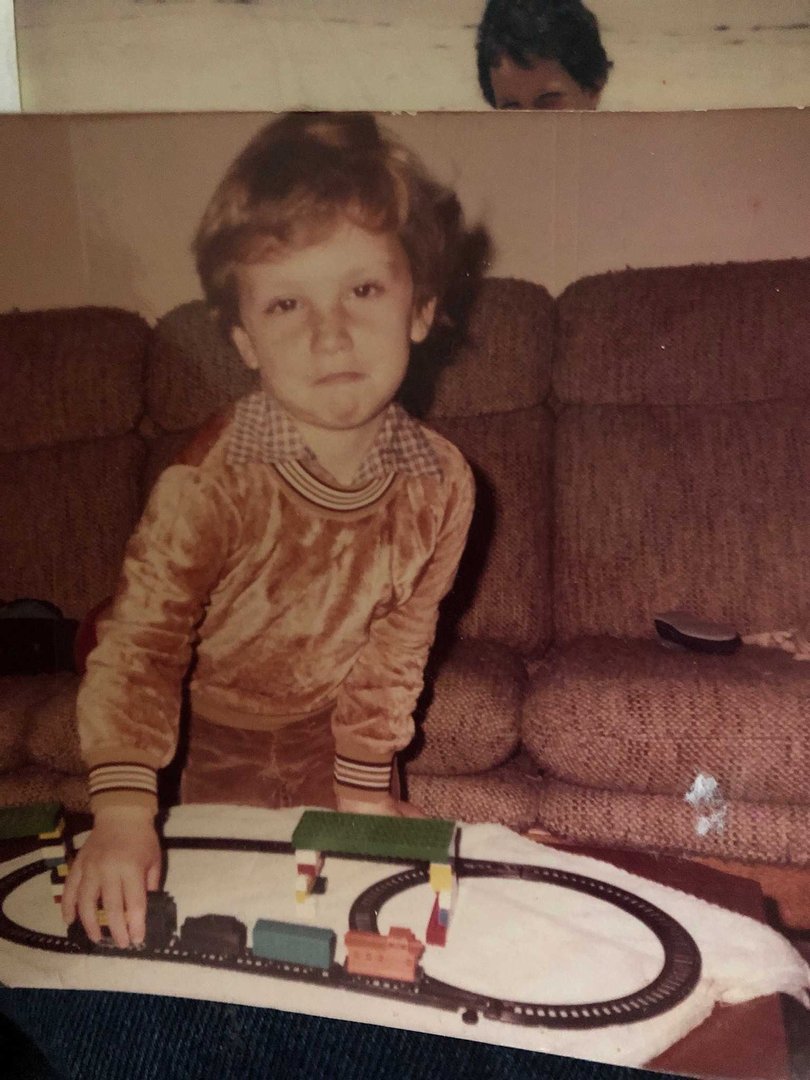
Over the 42 years Diane dedicated her life to caring for Matthew, she left her job and says she became increasingly isolated — and remains so.
“I still say that I’m socially isolated because trying to get back out in society now is … I just don’t fit in, you know, I don’t fit into society because I’ve been out of it for 42 years,” she says.
Both Cecily and Diane now share their stories to advocate for vaccinations, and to warn people about the possible later effects of contracting measles — especially now, with vaccination rates slipping and a rise in measles cases coming into Australia.
Barriers to vaccination
After its introduction to Australia in 1969, the measles vaccine was eventually combined with the rubella and mumps vaccines, creating the MMR vaccine which is now given to children in two doses, usually at 12 months of age and a second dose at 18 months — with the low vaccination rates of the 1980s steadily climbing over the decades since to reach even surpass the herd immunity threshold.
But in April this year, NSW Chief Medical Officer Dr Kerry Chant and Paediatric Infectious Diseases specialist Dr Philip Britton issued a public warning as measles cases began to rise.
What’s troubling medical experts is the combination of global outbreaks and declining vaccination rates here in Australia.
While childhood vaccination rates had steadily improved to the point many childhood illnesses — included measles — were declared no longer endemic in Australia, that trend has recently reversed with data now showing a consistent year-on-year decline since the outbreak of COVID-19.
However, NCIRS professor Beard stresses this drop isn’t necessarily due to vaccine hesitancy, instead it’s often a matter of access — although acceptance does also play a part.
“Looking at access barriers, they are practical barriers. So, parents reporting difficulty prioritising vaccination and having difficulties getting to an appointment for vaccination and associated costs,” he explains.
“Then, in terms of acceptance, that’s people’s concerns about vaccination, about safety and effectiveness. And so, parents are certainly reporting those concerns, those concerns have been around for a long time, to some degree.”
But he adds access is very much a key issue today.
“We know that GPs are the main immunisers of young children and we know that GPs are under considerable pressure since the pandemic. It’s difficult to get appointments with GPS. It’s difficult to find bulk-billing GPs,” he said.
MMR vaccines are provided free under the National Immunisation Program, but they are not equally readily available across the country.
In NSW, MMR vaccines are available from about 4,000 general practice clinics and community pharmacies, as well as through Aboriginal Medical Services.
That’s 3,212 more providers than Western Australia, which has just 544 providers in Perth’s metropolitan area and only 244 across the state’s vast regional areas.
Is measles still a concern today?
In 2014 the World Health Organisation declared Australia had eliminated the endemic spread of measles — meaning the disease was no longer spreading locally. But could that possibly change?
“Measles becoming endemic again is always a concern,” Beard says.
“However, unless we had a substantial and sustained decrease in vaccination further from where we are, that would likely be ... only a risk over a period of decades.
“Obviously, (the declining vaccination rate) is not good and we want to reverse that, rather than just letting it slide.
“But important to note is that the increase in cases of measles in Australia is so low that decreasing vaccination coverage rates in young children is only a very small contributor to that.
“So, most of the cases are due to increasing travel and outbreaks overseas and returning travellers who may not have been fully vaccinated.”
If you have concerns regarding measles or SSPE, contact your local General Practitioner. For an emergency, call triple zero (000).
Originally published on 7NEWS
